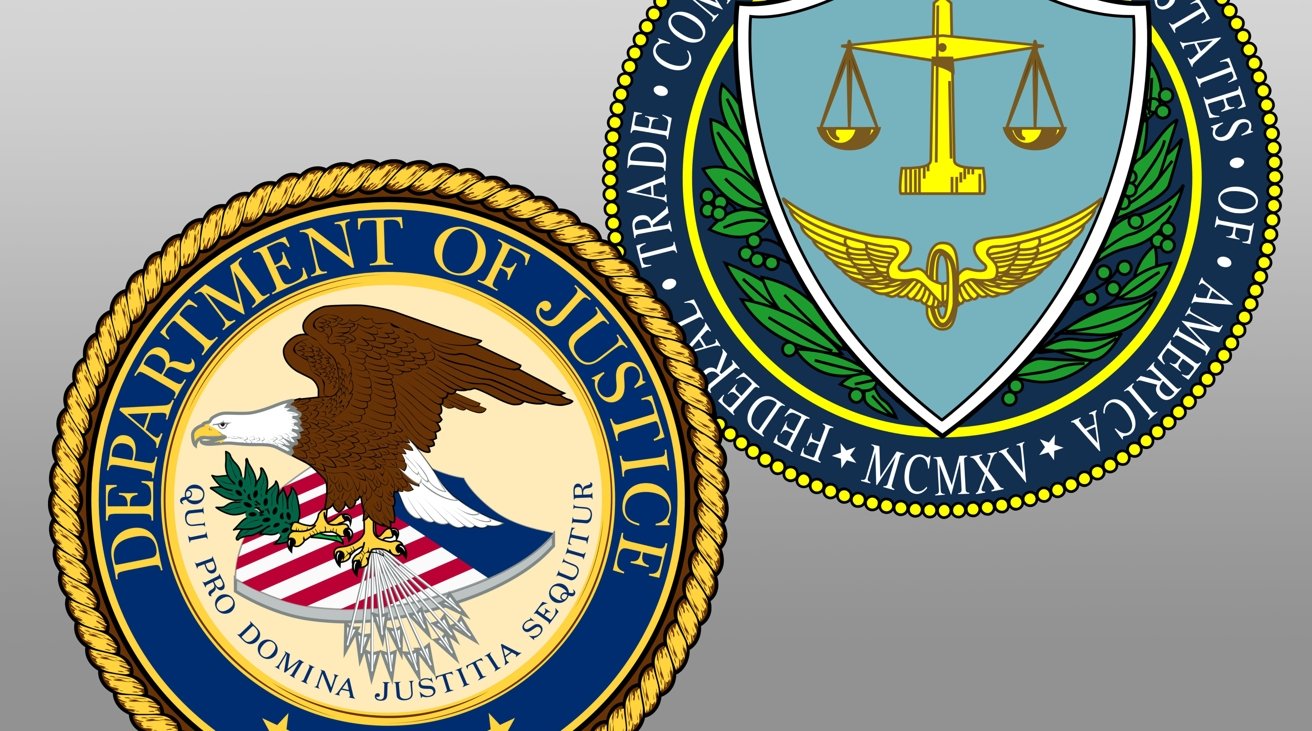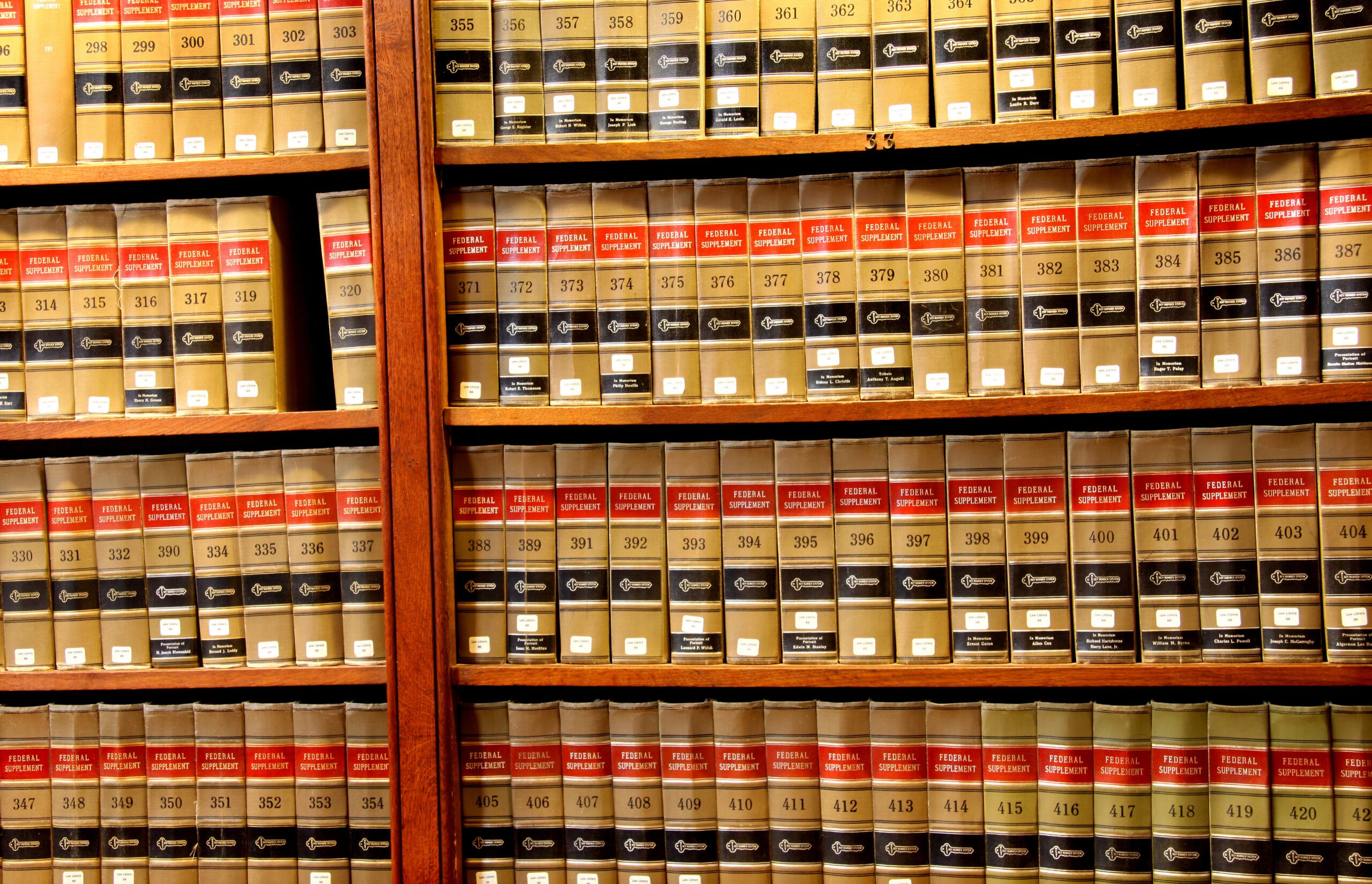Leading by Ex(S)ample
In recent years, several influential competition authorities have expressed their ambition to lead their peer agencies across different areas. These range from obtaining leadership positions in international fora to leading in substantive enforcement.
Given the lack of empirical research on the key characteristics that underpin a "leading" competition agency, we are engaged in a project to fill that gap (see our initial blogpost), which includes a sample survey of practitioners. Answering the question; “what makes an enforcement authority worth following?” will help inform the ongoing policy debate on improving the effectiveness of competition regimes[1] and enable us to understand what elements of leadership are conducive to positive outcomes and well-functioning competition regimes.
To meet these objectives and fill the relevant gap in literature, we review a range of leadership characteristics and metrics applied to antitrust agencies. To do so, we conducted a survey with sixty-four antitrust experts, including corporate counsels, legal advisers and researchers. Our questionnaire looks at "notions of leadership between competition agencies"; "assessing leadership outcomes"; "metrics to assess performance"; and "leadership in relation to both peers and ‘users’", allowing respondents to set out their expectations for antitrust agencies’ ambitions.
In this blog post, we focus on one of these parameters; to what extent imposing high antitrust fines should be considered important to establishing a competition agency as “leading”.
Penalties Shoot-out
Competition authorities generally enjoy significant powers in imposing penalties for breach of competition rules, usually allowing them to levy fines of up to 10 per cent of the company’s total worldwide annual turnover. Large fines are attention-grabbing. Competition agencies in Australia, the United Kingdom, the European Union, Germany, United States and Korea track the number of enforcement decisions and total penalties imposed in their annual reports.[2] Other authorities, like the Austrian authority have flagged enforcement, including the fines imposed, as the most successful outcome of their work.[3]
Just this year, well-publicised fines include the European Commission’s €1.84 billion fine against Apple for abusing its dominance in the music streaming market and €800 million against Meta for abusive practices involving Facebook Marketplace online classified ads business (although Google received the EU’s highest fine of €4.34 billion in 2018, for leveraging its position in Android to strengthen its dominance in search).
Record penalties are not reserved to technology firms. In 2024, the European Commission also fined Mondelēz €337.5 million for restricting cross-border sales of its chocolate products; Malaysia’s Competition Commission imposed a €81.1 million fine on five feed millers for agreeing to fix prices of poultry feed; the UK’s Competition and Market’s Authority fined Keltbray £20 million for engaging in cover bidding in the demolition sector.[4]
Findings and Discussion
In our survey, respondents were asked to rate, on a 1 (totally disagree) to 5 (totally agree) “Likert” scale, the statement that imposing the highest fines is a critical criterion designating a competition agency as “leading”. The majority of responses were “neither agree nor disagree” (46%), while 23% of the respondents disagreed with the statement. In other words, nearly 70% of participants did not think that imposing the highest fines were a criterion that authorities should actively pursue in order to demonstrate leadership.
When explaining their choice, most respondents said that high fines may be “eye-catching” and contribute to the agencies’ reputation, but they are not necessarily the hallmark of a good competition authority nor an indicator of success in regulatory action. Using high fines as a means for an authority to distinguish itself from its peers could well distract the authority from imposing more meaningful remedies.
Though fines need to be dissuasive, there is a misplaced emphasis on looking at the amount per se, rather than a proportionate fine reflecting parameters such as the size of the company, the duration of the anticompetitive conduct, the severity of the relevant infringement and the impact on competition in the relevant market. Thus, high fines should be “a reflection of the wrongdoing rather than a target for press releases”, as one respondent noted.
This assessment aligns with one of the performance benchmarks that Brook and Cseres use, in order to assess independent regulatory agencies’ priority setting rules and practices. Brook and Cseres note that “effectiveness of prioritisation should not only be assessed in quantitative terms (for example the level of the fines imposed) but calls for a balanced portfolio of cases”.[5] Moreover, our finding is in line with the concerns that fines, which are substantially greater than the overcharges generated by the anticompetitive conduct, are inconsistent with basic principles of corrective justice or the principle of proportionality, which underpins the dicta that the punishment fits the crime.[6]
Similarly, several respondents in our survey added that more attention should be paid to the fines’ justification, transparency policy and “to the extent that due process of law and procedural fairness are observed”. This is consistent with the finding of the Netherlands Competition Authority’s 2010 survey in 2010, according to which enforcement authorities’ accountability and credibility demands that they can rationally explain why a high fine is imposed.[7]
Improving transparency has also been priority of a number of authorities, including China, that have strived to make their fining policy more predictable and transparent. In August 2024 China’s State Administration for Market Regulation (“SAMR”) released for public comment its draft rules on administrative penalties for the illegal implementation of a concentration. The draft rules aim to make the imposition of fines to gun-jumping or other merger control violations of the competition rules more transparent and predictable.[8]
It is worth noting, however, that commentators believe that lack of transparency on fines can actually increase deterrence, as corporate executives considering infringing competition law may find making a cost-benefit analysis impossible. These commentators also note that uncertainty over the potential fines can incentivize a cartel members to destabilise the cartel.[9]
One survey respondent underlined the arbitrary nature of the current fine calculation regimes. Although it is understandable that administrative convenience is an important factor in using base-lines figures (such as 10% of relevant turnover), flexibility is needed, for example where turnover is not an accurate reflection of a company’s market power.[10]
Several survey respondents also noted that stiffer fines do not necessarily lead to better competitive outcomes if they have the “unintended consequences of harming consumer welfare, removing effective competitors, hampering innovation and creating a “chilling effect” on business activity”. This concern mirrors the danger of over-deterrence, when the expected penalty is set so high that it deters otherwise efficient behaviour or has a chilling effect on the firms’ behaviour.[11]
Roll on 2025
The survey results provide an important context for understanding the role that high fines play in establishing an authority’s credibility from amongst the “users” of the competition enforcement system. The proliferation of regulatory reviews, compliance burdens and threats of sanction, are now becoming a significant consideration in business decisions. The aim of this project is to bring to the fore such elements when authorities pursue their leadership ambitions.
We would like to thank all the respondents for their time in answering the survey. Our aim is to finalise the study in early 2025 and feed into the debate on how to improve the functioning of the competition system and identify best practice as well as perspectives of the users of the competition system.
[1] See the OECD Competition Committee’s priority workstream on the Evaluation of competition interventions for discussions in 2025-2026 and the International Competition Network’s Advocacy Effectiveness Working Group’s 2024-2025 project on Planning, Monitoring and Measuring Effectiveness.
[2] For example, the European Commission’s cartel statistics note that in the last 4 years cartel fines imposed totalled €2.36 billion (with 2021 accounted for €1.746 billion). European Commission, Cartel Statistics, 5 November 2024, https://competition-policy.ec.europa.eu/document/download/b19175c3-c693-410b-b669-27d4360d359c_en?filename=cartels_cases_statistics.pdf.
[3] For example, the Austrian Competition Authority (2022) noted, that “the most successful outcomes of AFCA’s work” in 2021 were “fines amounting to a total of EUR 45.7 million, 21 dawn raids, 8 applications under the leniency programme, 78 whistleblower reports.”
[4] In 2024, the UK’s Competition Appeal Tribunal re-made the CMA’s 2022 decision and imposed fines totalling £69 million against Pfizer and Flynn for excessive pricing for phenytoin sodium capsules to treat epilepsy, which was almost identical to the fine levels originally imposed by the CMA in 2022.
[5] Or Brook, Katalin J. Cseres “Priority Setting as the Blind Spot of Administrative Law Enforcement: A Theoretical, Conceptual, and Empirical Study of Competition Authorities in Europe” (2024)87(5) The Modern Law Review, pp. 1209-1257.
[6] Cento Veljanovski “The Effectiveness of European Antitrust Fines” in Tihamer Tóth (ed) The Cambridge Handbook of Competition Law Sanctions (Cambridge University Press, 2022).
[7] International Competition Network “Competition Enforcement and Consumer Welfare – Setting the Agenda” <www.internationalcompetitionnetwork.org/wp-content/uploads/2019/11/SP_C…;
[8] See Su Sun and Chenying Zhang “The Draft Fining Guidelines and the future of antitrust fines in China” (2021)9(2) Journal of Antitrust Enforcement, pp. 373-387.
[9] Office of Fair Trading “An Assessment of Discretionary Penalties Regimes: Final Report” (2009) <https://londoneconomics.co.uk/wp-content/uploads/2011/09/30-An-assessme…;; W. P. J. Wils, ‘Optimal Antitrust Fines: Theory and Practice’, World Competition Law and Economics Review, 29, 2006, pp. 183–208.
[10] The UK Competition and Markets Authority’s guidance as to the appropriate amount of a penalty notes that total worldwide turnover will generally be the primary indicator of size and economic power (in order to ensure a fine has a deterrent effect) “unless the circumstances of the case indicate that other metrics are more appropriate”. The CMA footnotes that, as an example, in unusually low profit margin industries a worldwide turnover may not play a central role in assessing size and financial position and that other financial indicators may be more suitable in terms of reflecting size and financial position such as profits, net assets, dividends and industry margins. MA73, 16 December 2021, https://assets.publishing.service.gov.uk/media/622f73c58fa8f56c170b7274/CMA73final_.pdf
[11] Kobayashi, Bruce. 2002. “Antitrust, Agency and Amnesty: An Economic Analysis of the Criminal Enforcement of the Antitrust Laws Against Corporations.” George Mason University School of Law, Law and Economics Working Paper Series No. 02-04





